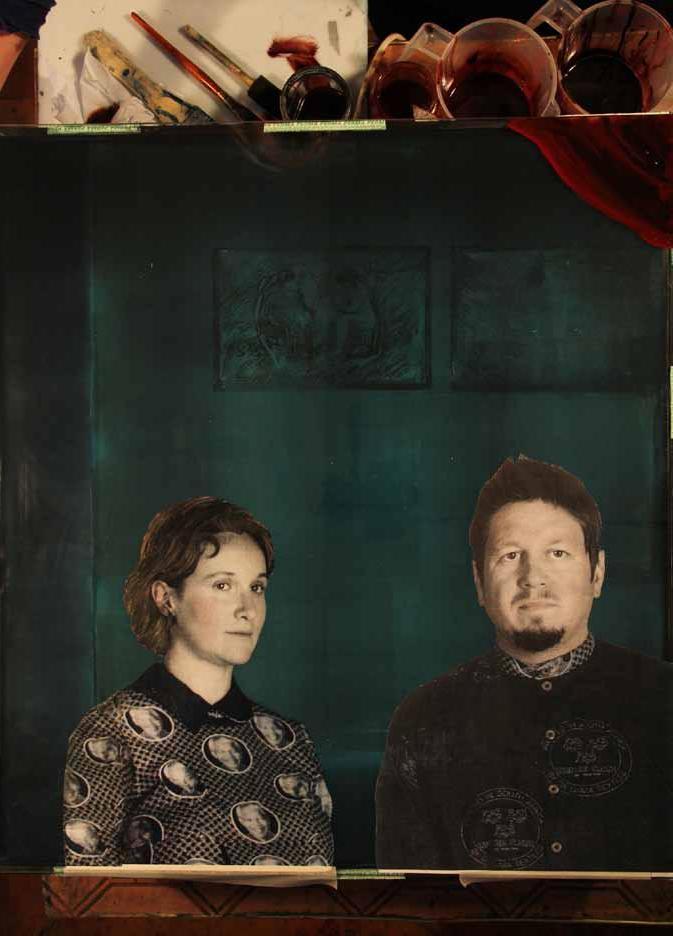
2 minute read
Speaking
FOREWORD TO THE SOUTH AFRICAN EDITION
Directions for Use
Advertisement
‘This foreword should perhaps be headed ‘Directions for Use’, writes Foucault. He goes on to articulate five points for his ideal ‘English reader’ to consider. My own directions are less pointed, more like a map leading the reader to navigate a specific post-colonial place, the previously British occupied territory of the Eastern Cape, South Africa. This space, as I depict it in the installation, becomes a synecdoche for ‘colonised space’. It sets up a dialogue between the periphery, the Eastern Cape landscape, in relation to the centre, the Spanish Court of King Philip II in 1565. It is in this peripheral space that mechanisms of power – embodied in the king – can be traced, for example in place names (language), fortresses (space) and picturesque landscape paintings (representation). Like Don Quixote tilting at the windmill, it is from this border-line Eastern Cape space, so marked by its colonial history, that I locate a challenge to the centre.
In Part I. I am in my studio working on a stop-frame animation of a night sky and I move around Grahamstown and its surrounding areas, purchasing shwe-shwe fabric, recording sounds and meeting with musicians and dressmakers.
In Part II. I trace the history of Fort England Psychiatric Hospital and a willow stick, paint a moustache onto my face and investigate representations of domestic households.
Like Foucault, I would like to qualify that while I was working on the installation, ‘there were many things that were not clear to me; some of these seemed too obvious, others too obscure.’ [3]
In Las Meninas the essay, Las Meninas the painting is a central metaphor around which language, representation and power circle: ‘ This spiral shell presents us with an entire cycle of representation: the gaze, the palette and brush, the canvas innocent of sign...’ [1] James Sey in his essay The Visual Field and the Place of the King writes:
‘This meditation establishes a kind of template for the analyses which follow on the mutation and transformations in the fields of ‘life, labour and language’ that make up the book. Interestingly, the template is that of a visual field, of perhaps the representative visual field for knowledge and power, one in which socio-political power and a new sense of psychological subjectivity are mapped out onto a set of relational visual perspective.’[2]
While Foucault uses Foreword to the English Edition as his foreword title, I have substituted the word ‘South African’. In my text which I have titled To Be King: Colonising Foucault’s Las Meninas, I use the structure of the English translation (1970), from French (1966) of The Order of Things to guide my thoughts and writing on the production of the installation To Be King.
In the ‘chapters’ that follow I copy the chapter headings of The Order of Things: An Archaeology of the Human Sciences, to navigate between theory (language) and a description of a visual and auditory process.








